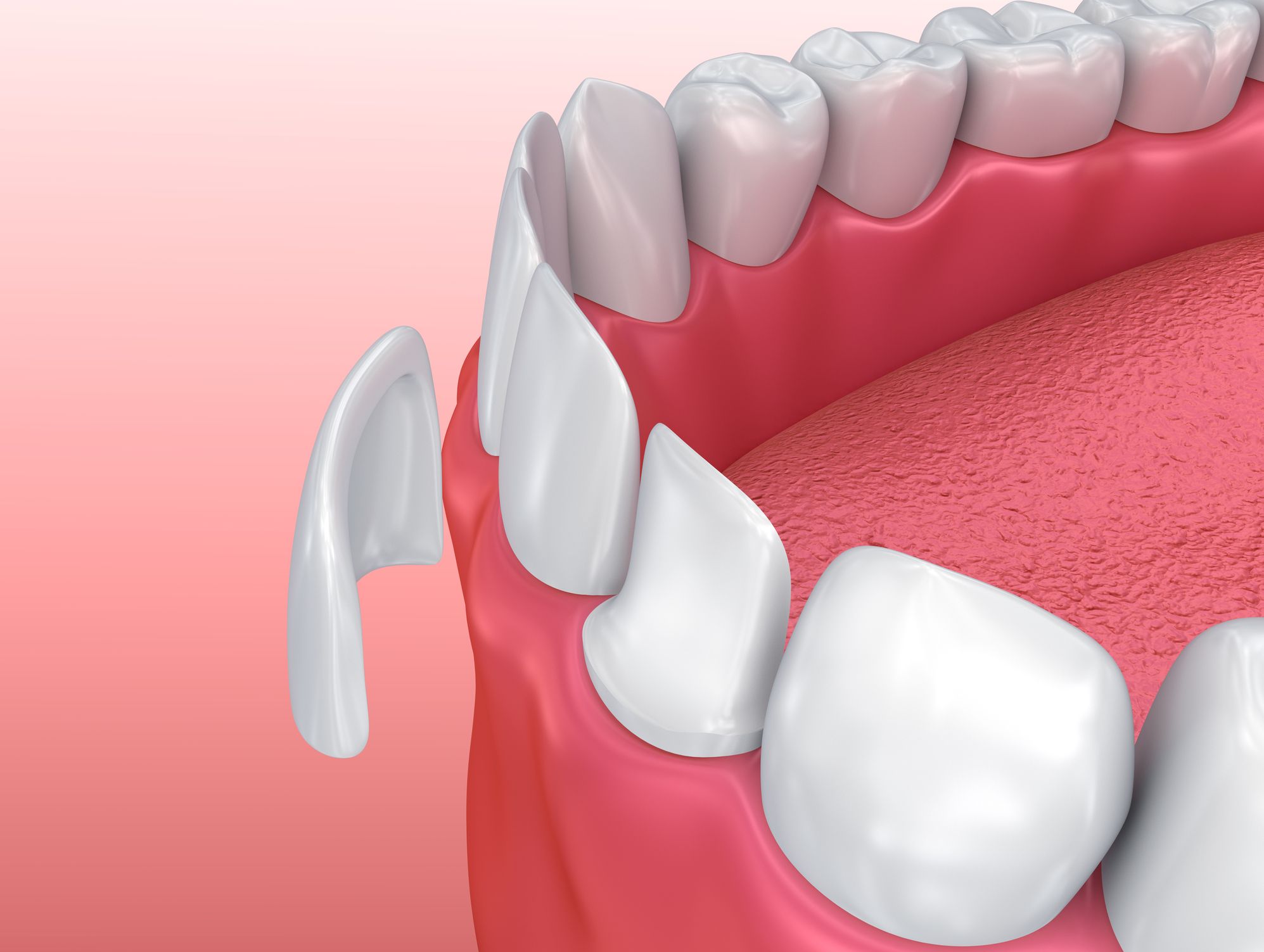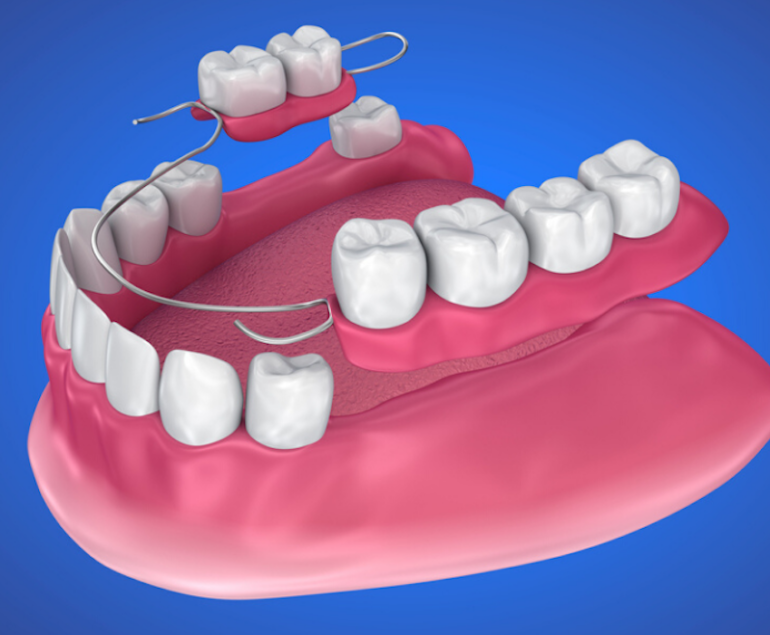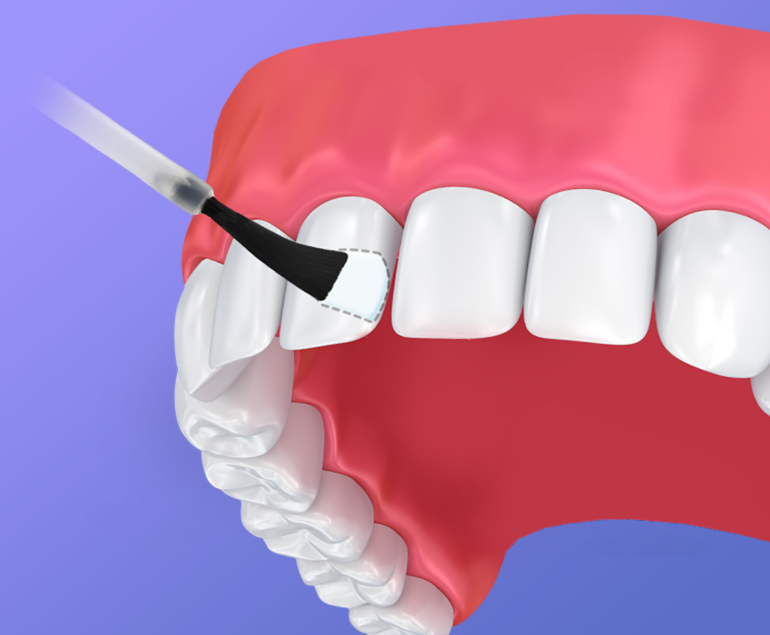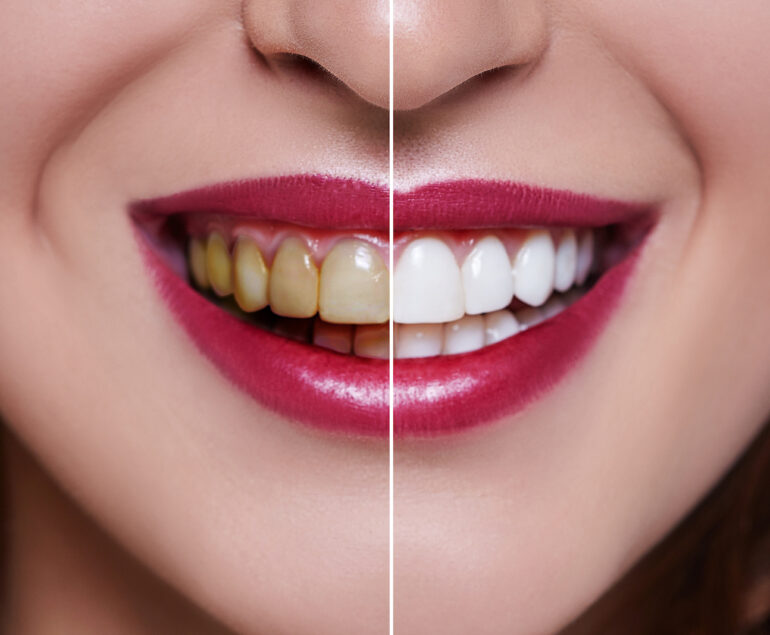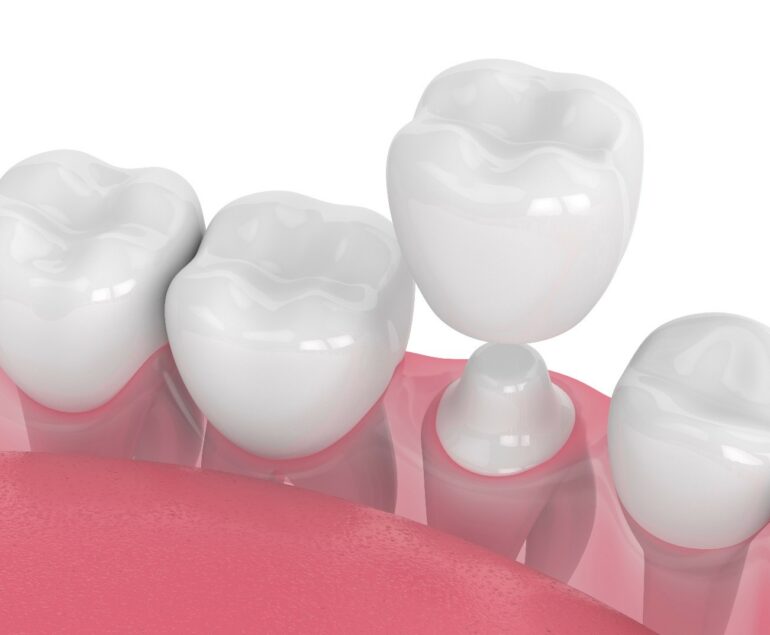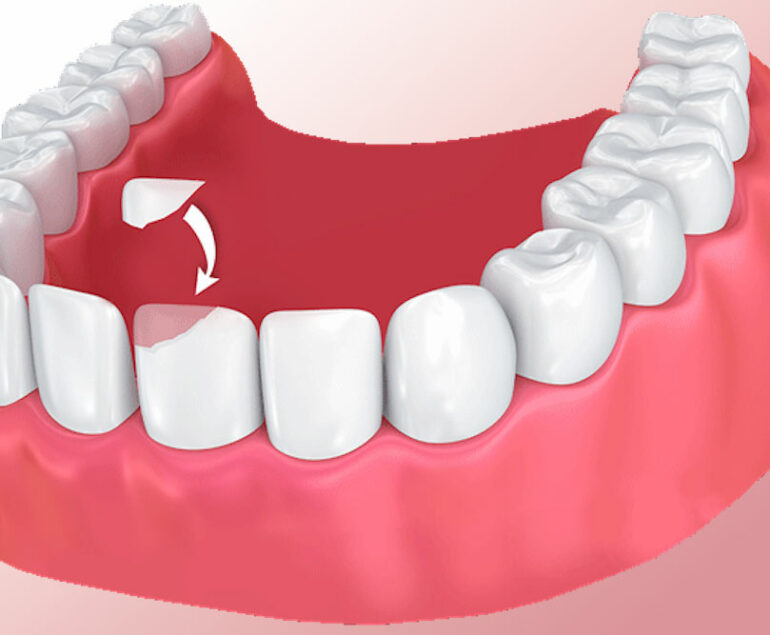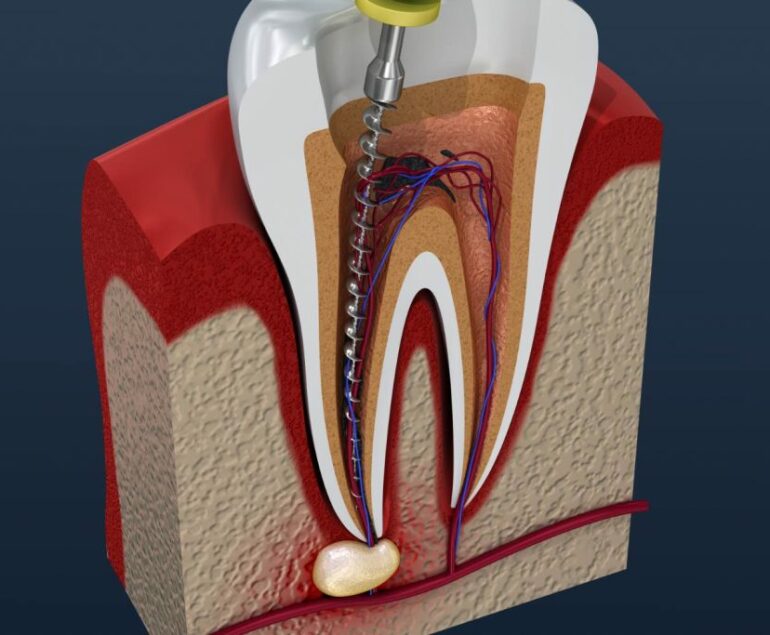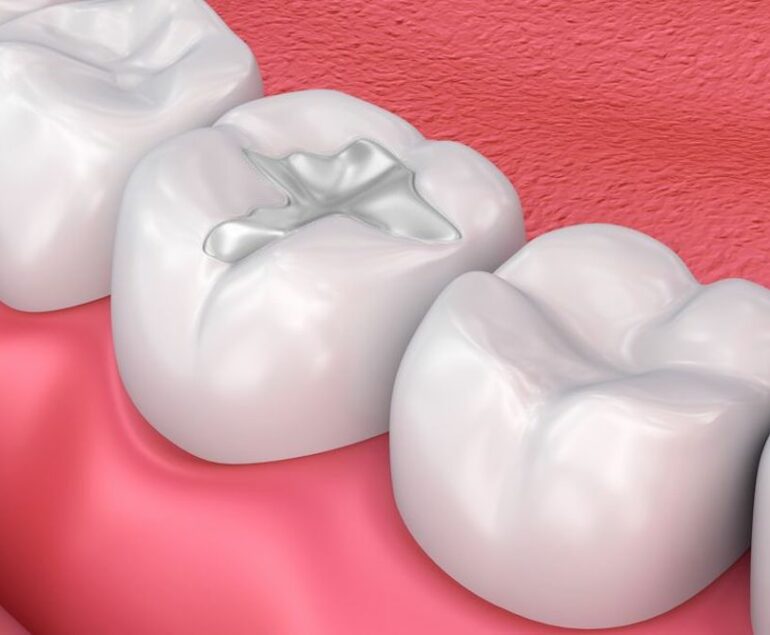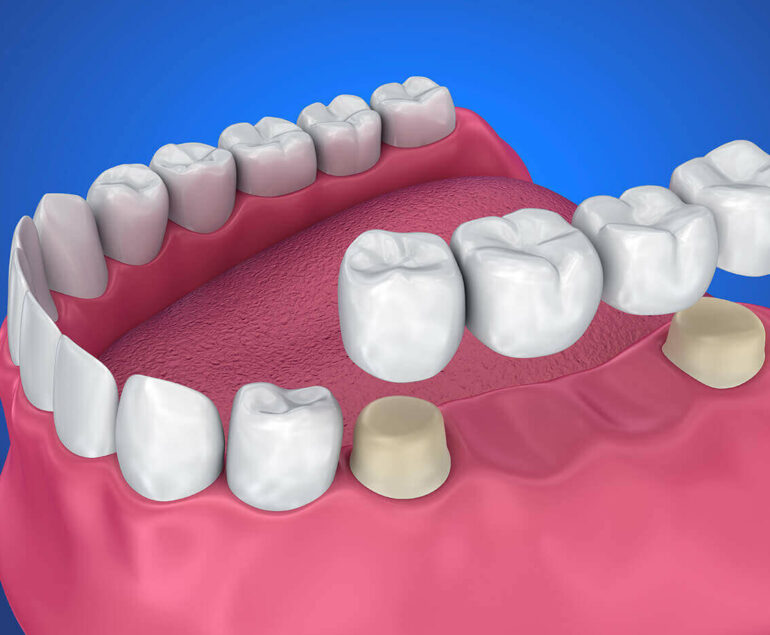What are dental veneers?
Dental veneers are thin, tooth-colored shells that are attached to the front surface of teeth to improve their appearance. They’re often made from porcelain or resin-composite materials and are permanently bonded to your teeth.
Veneers can be used to treat a number of different cosmetic concerns, including chipped, broken, discolored, or smaller-than-average teeth.
Some people may only get one veneer in the case of a broken or chipped tooth, but many get between six to eight veneers in order to create an even, symmetrical smile. The top front eight teeth are the most commonly applied veneers.
What are the different types of dental veneers?
We produce our dental veneers from zirconium ceramic in our on-premises laboratory using state-of-the-art dental computer milling systems, and produce your veneers right in our office, while you wait.
Applying traditional dental veneers typically involves grinding down the tooth structure, sometimes removing some of the tooth.
Tooth reduction depends on your dental concerns and the number of teeth involved. When several teeth are involved, We can digitally scan your teeth, to show you exactly how your new veneers will look.
What are the benefits of dental veneers?
The biggest benefit to dental veneers is improving the appearance of your teeth, giving you a brighter and more even smile. Dental veneers are often used to treat the following cosmetic occurrences:
- broken or chipped teeth
- severe discoloration or uneven coloring that can’t be fixed with whitening
- gaps in the teeth
- smaller-than-average teeth
- pointed or unusually shaped teeth
Veneers can last for more than a decade, depending on the type of veneer you choose, making them a semipermanent investment that can make you more confident in your smile.
How to prepare for your appointment
Before you get your veneers, you’ll have a preliminary appointment with one of our specialists to discuss which options are right for you and how many veneers you want to have placed. In some cases, if teeth are crooked or uneven, you may need to have braces before your dentist can place the veneers.
Your dentist will often take digital images and CT scans at this stage to evaluate the health of your teeth. They’ll look for signs of tooth decay, gum disease, or the need for root canals. If you have any of these conditions, you may not be a candidate for veneers.
How are dental veneers put on teeth?
Next, your dentist thoroughly cleans your teeth. This is important, as it keeps bacteria from being trapped under the veneer and causing decay. Your dental veneers are produced while you wait.
After this, they create a rough texture on each tooth on which a veneer is to be applied. This makes it easier for the veneer to stick to the tooth.
We use dental cement to bond the veneer to the tooth. Then ultraviolet light is used to harden the cement quickly.
This procedure (veneer placement) typically doesn’t last longer than 2 hours. But it might vary depending on the number of veneers being done and if a local anesthetic is used.
What is the difference between veneers, crowns, and implants?
Veneers aren’t the same as dental implants or crowns. Veneers cover only the front surface of the tooth, while crowns encase the entire tooth. Veneers are also thinner than crowns: about 1 mm, compared to 2 mm.
Veneers are less invasive, too. If you need a crown, our dentist will have to file or ground down more of your tooth to prepare it for the crown than would be necessary for the application of a veneer.
Meanwhile, an implant is installed in the bone to replace a missing tooth, and a crown is placed on top of that.
How to take care of your veneers after they’re placed
Unlike some dental procedures, the recovery process doesn’t take an extended amount of time. Instead, once the veneers are cemented on, and any anesthetics wear off, you can eat and chew as you normally would.
In some cases, immediately after the veneers are applied, you may notice that they feel a little rough. These rough spots (usually from extra cement that can adhere to the veneer) wear down after several days of normal eating and teeth brushing.
Traditional porcelain veneers typically last at least 10 years (some research suggests that they can sometimes last as long as 20 years). Taking certain precautions can help make sure that you get the longest lifespan out of them possible. These precautions include:
- Don’t chew on hard objects like pens, ice, or your fingernails.
- Never use your teeth to open packaging.
- Try not to chew with your front teeth. Eat harder foods with your back teeth only; cut up hard foods so that this is possible.
- If you grind or clench your teeth at night, get a splint or retainer to protect your veneers.
- If you play sports, you should wear a mouthguard.
- If you grind or clinch your teeth, you should get a mouth guard or retainer.

